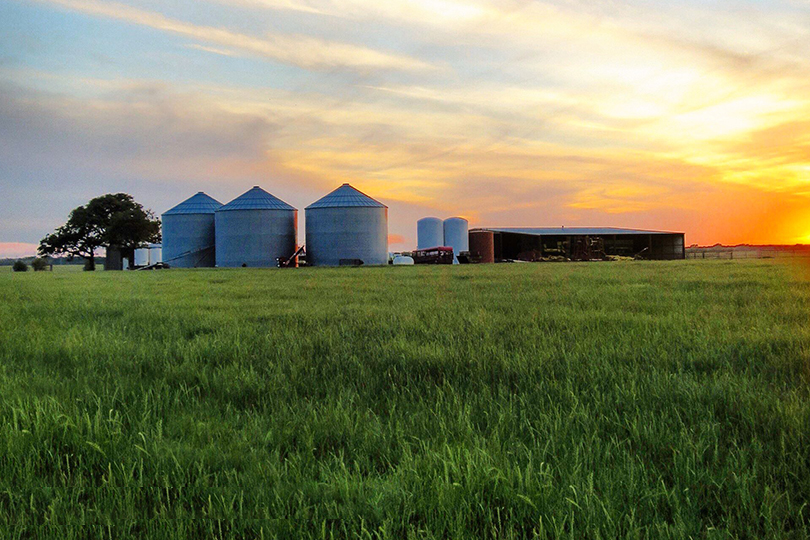By Julie Tomascik
Editor
Texas farmland declined by more than 1.6 million acres with a loss of over 17,700 farms, according to the latest Census of Agriculture.
As of 2022, there were 125,417,325 acres of Texas land dedicated to farming and ranching compared to 127,036,184 five years ago.
Texas lost about 887 acres per day, according to ag census data.
And the number of farms decreased from 248,416 to 230,662.
It’s a trend that U.S. agriculture follows.
There are slightly more than 1.9 million farms in the U.S., down 142,000 or 7% from the previous survey.
“The downward trend of the number of farms in Texas and the U.S. has been taking place for decades,” said Brant Wilbourn, Texas Farm Bureau associate director of Commodity and Regulatory Activities. “Rising costs, weather disasters, increased regulations and lack of available labor have made agricultural production difficult to remain economically sustainable.”
It’s a concern U.S. Secretary of Agriculture Tom Vilsack noted in his speech at the American Farm Bureau Federation last month.
“This survey is essentially telling us, asking us the critical question of whether as a country are we okay with losing that many farms,” Vilsack said. “Are we okay with losing that much farmland, or is there a better way?”
In his speech, he encouraged farmers to consider generating additional revenue through climate-smart initiatives and bioproduct production, especially as the ag census notes many farmers rely on second incomes outside of the farm.
The average farm size, however, increased in both Texas and the U.S.
In Texas, the average farm size is 544 acres, up from 511 in 2017. In the U.S., the average farm size is 463 acres, an increase of about 23 acres.
“The increased farm size could be attributed to some consolidation within agriculture as some farmers left the industry over the last five years,” Wilbourn said.
The number of new and beginning farmers has increased, which is encouraging news, Wilbourn noted. But the latest census results show the number of farmers over the age of 65 is outpacing younger farmers.
“Agriculture has endured this trend for many decades, but this data shows there’s still interest in younger generations, and we’re excited about the impact they’ll make,” Wilbourn said.
According to the ag census, the average U.S. farmer is 58.1 years old. In Texas, the average age is 59.9 years old.
There are 481,821 new and beginning farmers with five years of experience or less in the U.S. In Texas, that number is 59,856.
There were 245,585 male and 157,291 female farmers in Texas at the time the census was taken.
In the U.S., 1.2 million female farmers and ranchers accounted for 36% of all producers, and 57% of all farms had at least one female decision maker.
Commodity stats
U.S. farms and ranches produced $543 billion in agricultural products, up from $389 billion in 2017.
Texas remains the state with the most farms and is ranked third in total value of agricultural production behind California and Iowa at $32.2 billion.
Texas remains a top producer of cattle, cotton, sheep, goats, horses, and dry hay, excluding alfalfa.
Texas cotton production accounts for 22% of the total U.S. cotton value of production, and cattle and calf production accounts for 17% of the total value of production.
The number of acres of most crops decreased on this census, which is likely due to the ongoing drought conditions Texas experienced during the survey period.
“These prolonged dry conditions have prevented planting of many acres across the state,” Wilbourn said. “That’s really drawn down total production when you combine it with decreased yields from the dry years.”
More information
A comprehensive summary of agricultural activity for the U.S. and for each state is available online. Data is also available at the county level.
Read the full 2022 Census of Agriculture.
The next census will be conducted in 2027.


Leave A Comment